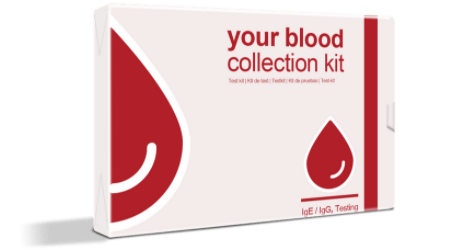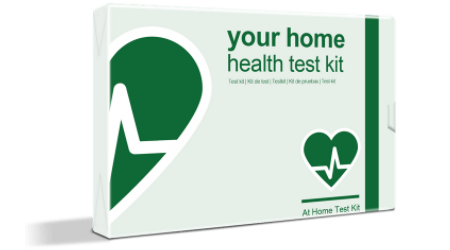If you’ve done a little bit of digging around as far as figuring out allergies and intolerances, congratulations! The more you learn about how each one works with your body (or, rather, doesn’t work!), the better you’ll be able to adjust your diet to accommodate it. Let’s take a look at a yeast allergy and gluten intolerance to see how they stack up against each other!
What is a yeast allergy?
First-off, an allergy is when your body assumes that something you’ve just eaten or inhaled is a threat. The body starts an immune system response and attacks the food. This creates a series of symptoms seconds or minutes after eating/inhaling the problem food ingredient that could range from congestion or a rash to difficulty breathing or a swelling throat.
This allergy means that all foods with yeast should be avoided even in small or trace amounts. Unthought-of examples include betties, beer or wine, cinnamon rolls or stock cubes.
Then there are the more commonly known ones such as pasta, bread and many cereal brands.
A lot of allergies will appear in childhood when there are a lot of new foods being tried and added to their diet. These allergies may fade away with age, or they may be lifelong conditions that follow children into adulthood.
The thing with a yeast allergy is that one reaction can’t prove its severity. What is a mild reaction one time could be a more severe one the next time with no warning. It’s best to make sure that you get a test to confirm the allergy and then avoid it in all forms.
What is gluten intolerance?
Compare that to an intolerance. This is when a food is eaten that, for whatever reason, the body can’t digest effectively. It has to slow down everything to work this problem food through the stomach and the digestive tract without the proper enzymes to do the hard work for it.
When you have a gluten intolerance, you’ll find that eating gluten-rich foods will make you feel bloated, tired, gassy and often nauseous in small amounts. These symptoms pop up 30 minutes to several hours after eating the problem food. The more of it you eat, the worse the symptoms can be.
Intolerances can pop up at any age in life, though it’s common for teens and young adults to notice them more than children. As you age, a lot of intolerances can even increase in strength, though this isn’t always the case. Intolerances can be tested for, just like allergies, and the test results can even come back with the detail of how severe they are. When you eat foods you’re intolerant to, you will be causing yourself pain and discomfort, but you won’t harm yourself (unlike allergies).
Understanding how each one of these can have different short or long-term effects on your body is critical to adjusting your lifestyle in the best way for you. This information will help guide you to get the proper support, testing and/or changes that are going to offer you the best dietary life that you can have!


